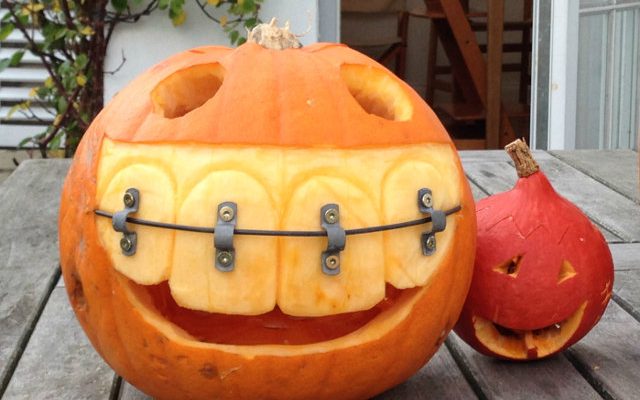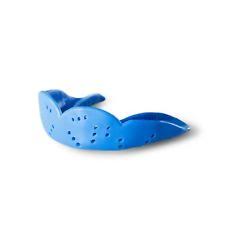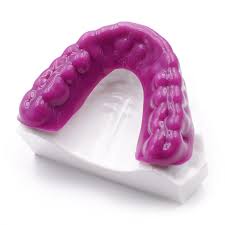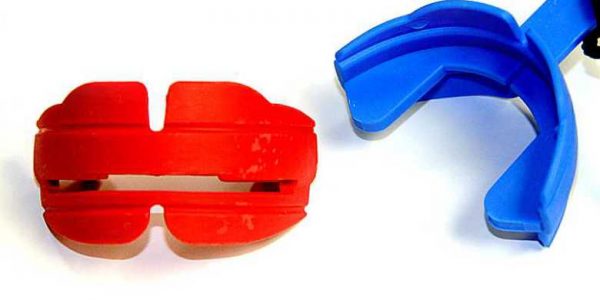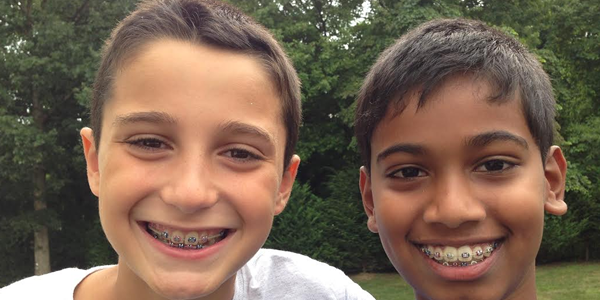The holiday season is here, and while we know everyone is looking forward to some well-deserved time spent relaxing and reconnecting with loved ones, things are a little more complicated for those wearing braces. While delicious, many of the foods and snacks we love to enjoy during the holidays can pose a serious threat to braces. To help you make it through the holidays without harming your braces, here are a few guidelines for how to keep your braces safe during the holidays.
Maintaining a Braces-Friendly Diet
Having braces doesn’t mean you can’t enjoy holiday treats, but it does mean you’ll have to be a little more careful than normal. In general, you’ll want to avoid 3 main kinds of food: hard foods, which can include hard candy, peanut brittle, peppermint, and raw vegetables; sticky foods, which can include taffy, caramel, bubble gum, and jelly beans; and any food or drink that’s loaded down with sugar or carbs.
Just because you have braces doesn’t mean you have to miss all the fun, though! There are plenty of delicious, braces friendly, and healthy holiday treats to dig into this season. Chocolate dipped strawberries or bananas are a great option, as are sorbets and frozen yogurt. If you’re feeling extra indulgent, nut-free cheesecake or brownies are a special treat – just be sure to brush your teeth afterwards!
Happy Holidays!!
Sezer Olcay, DMD
HOLMDEL ORTHODONTICS
723 North Beers Street Suite 2A Holmdel NJ 07733 – (732) 847-3065




